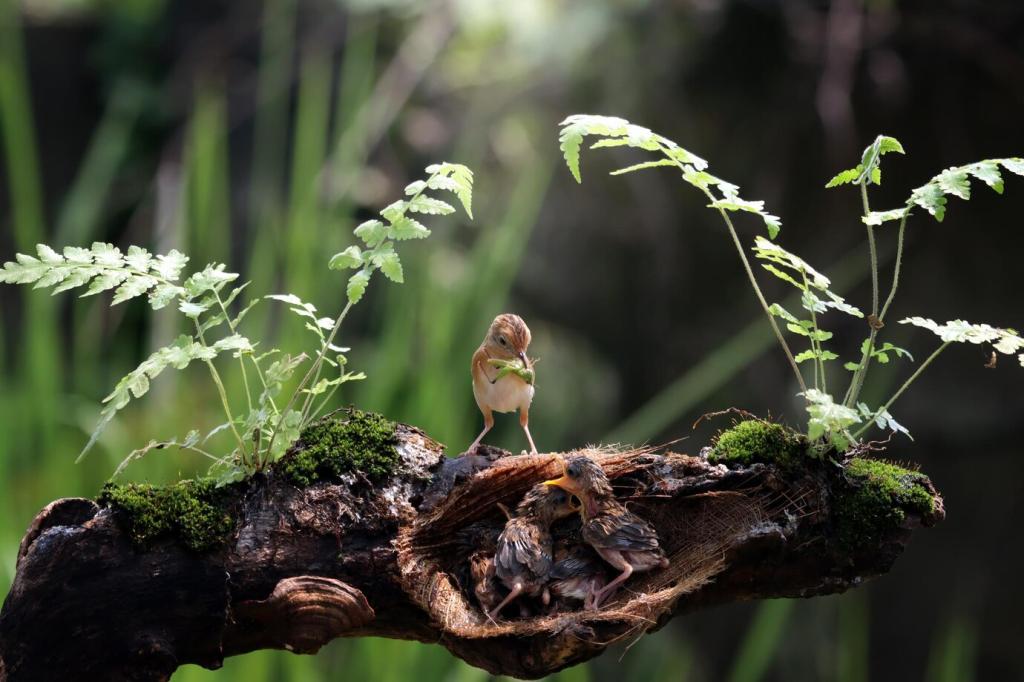Why Urban Habitat Restoration Matters Now
A chain of native wildflower patches along sidewalks, bike lanes, and medians can guide bees, butterflies, and moths across neighborhoods. Even ten meters of nectar-rich blooms helps them refuel and continue their journeys.
Why Urban Habitat Restoration Matters Now
A single ten-square-meter thicket of native shrubs can host nesting house wrens, shelter bumblebee queens, and serve as a stepping-stone for migrating warblers. Scale up across a block, and biodiversity rebounds dramatically.


